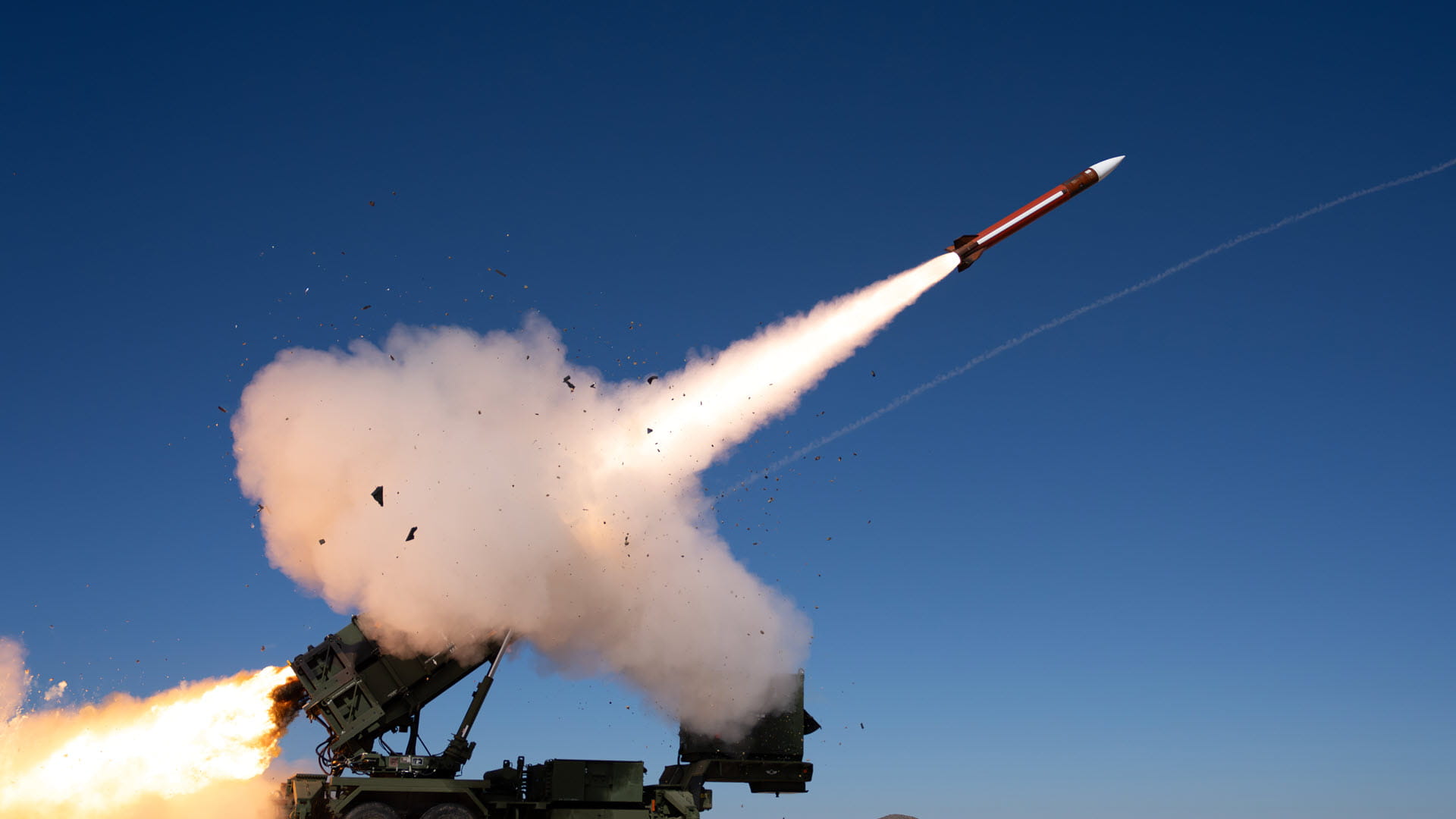A hypersonic missile takes flight
Industry team’s air-breathing hypersonic missile passes first test
It was a historic test.
A hypersonic missile launched from under the wing of an aircraft. Seconds later, a solid rocket motor boosted the system to supersonic speeds and its scramjet engine ignited. Punching through the atmosphere, the missile accelerated to speeds greater than Mach 5 as it soared for miles. Compressing incoming air, the system climbed to its cruising altitude, withstanding blazing temperatures.
In the test, conducted by the U.S. Defense Advanced Research Projects Agency, the aircraft dropped what is known as a Hypersonic Air-breathing Weapon Concept, or HAWC. The missile is built by Raytheon Technologies and powered by Northrop Grumman’s scramjet tech.
“This is a history-making moment, and this success paves the way for an affordable, long-range hypersonic system in the near term to strengthen national security,” said Colin Whelan, vice president of Advanced Technology at Raytheon, a Raytheon Technologies business. “This test proves we can deliver the first operational hypersonic scramjet, providing a significant increase in warfighting capabilities.”
Hypersonic missiles are dramatically faster than traditional weapons such as cruise missiles. They would give military commanders not just a more survivable weapon, but a greater range of options as to how and when to deploy them.
Raytheon Technologies is using its experience building high-speed missiles to develop a system that can withstand the extreme environmental conditions of sustained hypersonic speeds.
The test puts the companies on track to deliver a prototype system to the U.S. Department of Defense.
“This flight test brings the U.S. military closer than ever before to deploying an offensive air-breathing hypersonic capability – a revolutionary leap forward for our warfighters,” said Wes Kremer, president of Raytheon.
The former Raytheon Company signed a teaming agreement with Northrop Grumman in 2019. Under that agreement, the companies are integrating Northrop Grumman’s scramjet combustors into Raytheon Technologies’ air-breathing hypersonic weapons. Raytheon Technologies has been working on the HAWC program since 2013.
The industry team’s combined experience is helping accelerate development of the next generation of tactical missile systems.
“This is a feat that was decades in the making,” Whelan said. “And, it is thanks to incredible innovators that turned mathematical theory into reality.”




